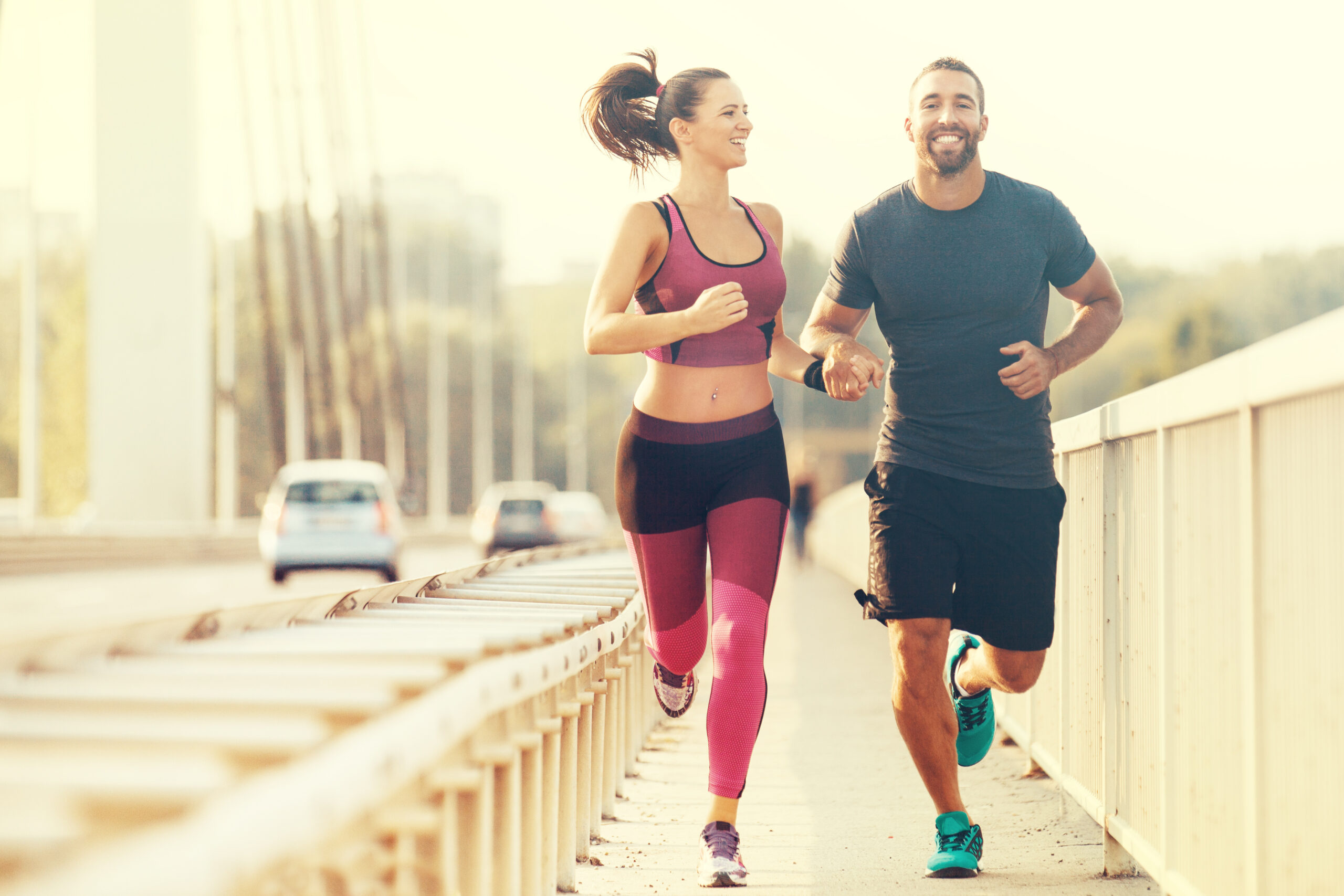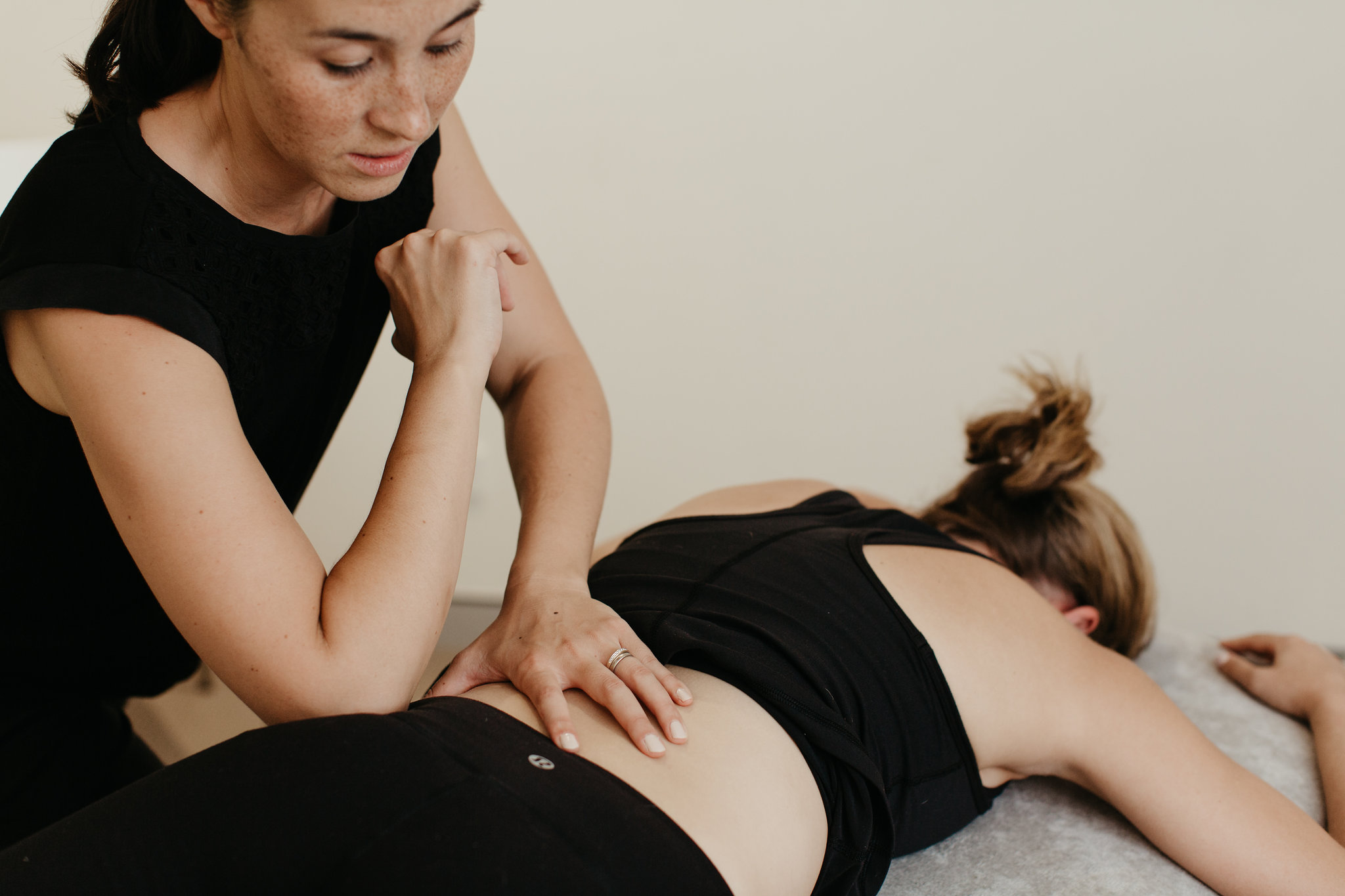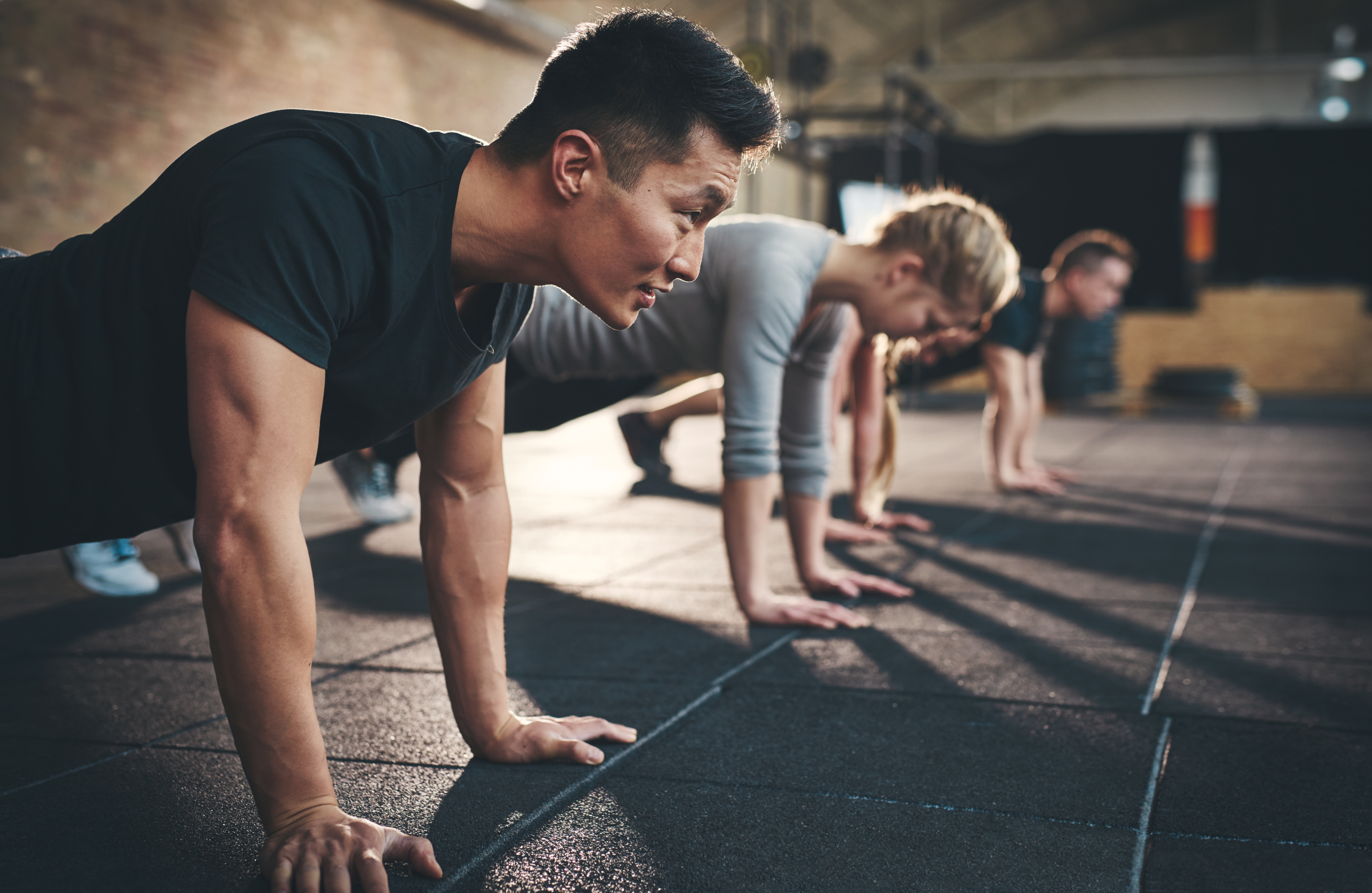Common Running Injuries and How Physiotherapy Can Help with Recovery and Prevention
Running Injuries: Why They Happen and How Physio Helps
Running is an excellent way to stay fit, but it’s also one of the leading causes of overuse injuries. At Physio On Miller, we see a wide range of common running injuries – often resulting from training overload, poor movement patterns, or muscular imbalances.
Whether you’re training for a race or simply enjoy jogging for fitness, recognising and treating injuries early is key. Even more important is understanding how to prevent running injuries before they interfere with your goals.
Top 5 Common Running Injuries We See
- Runner’s Knee (Patellofemoral Pain Syndrome):
Pain around the kneecap, often due to poor alignment, weak hips or overuse. - Shin Splints (Medial Tibial Stress Syndrome):
Inner shin pain, typically linked to rapid increases in mileage or improper footwear. - IT Band Syndrome:
Lateral knee pain caused by friction of the iliotibial band, often due to poor hip stability. - Achilles Tendinopathy:
Achilles tendon pain or stiffness, common in runners who increase intensity too quickly. - Plantar Fasciosis:
Sharp heel pain often caused by tight calves, poor foot mechanics or weak intrinsic foot muscles.
How Physiotherapy Helps Runners Recover
Our clinic takes a holistic physiotherapy approach, going beyond symptom relief. We thoroughly assess your movement, strength, training habits, and even lifestyle factors to design a truly personalised rehab plan for running injuries.
Treatment options include:
- Hands-on physio techniques to reduce pain and improve joint mobility
- Targeted rehab exercises to strengthen glutes, calves, and core
- Gait and running technique analysis
- Dry needling and sports massage to release tight muscles
- Pilates for runners to build long-term control and flexibility
Unlike “recipe” treatments, you’ll be actively involved in your recovery. Our aim is not just to get you pain-free, but to help you understand your body and feel empowered in your rehab.
Preventing Running Injuries Through Holistic Care
Prevention is just as vital as recovery. Once you’re out of pain, we focus on building strength, control, and resilience.
Our integrative team uses:
- 1:1 Clinical Pilates to improve form, balance and mobility
- Functional strength programs to correct imbalances and reduce injury risk
- Sports massage for runners to aid recovery and maintain tissue health
- Education and load management advice tailored to your goals
Whether you’re a new runner or training for your next marathon, we’ll help you build a body that’s strong, efficient, and injury-resistant.
Why Choose Our Clinic?
At Physio On Miller, your treatment is always individualised. We work collaboratively across physiotherapy, Pilates, and massage to deliver whole-person care – not quick fixes. Our experienced team supports you in understanding your injury, taking ownership of your rehab, and returning to running with confidence.
Ready to get back on track?
Book an appointment with our team and take the first step towards pain-free running and long-term injury prevention.





